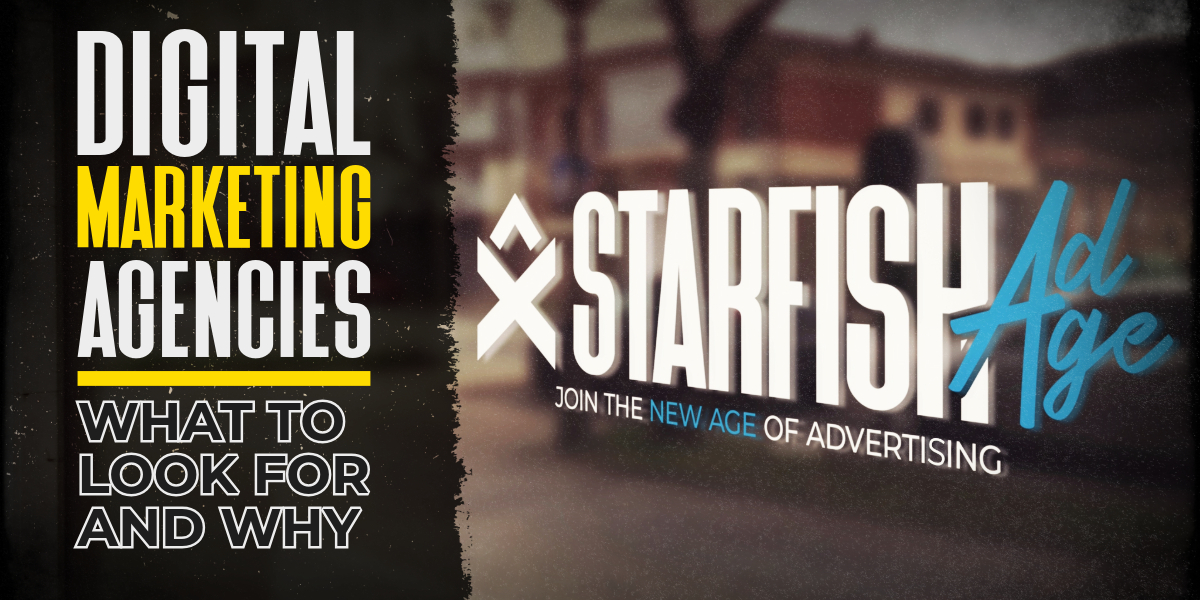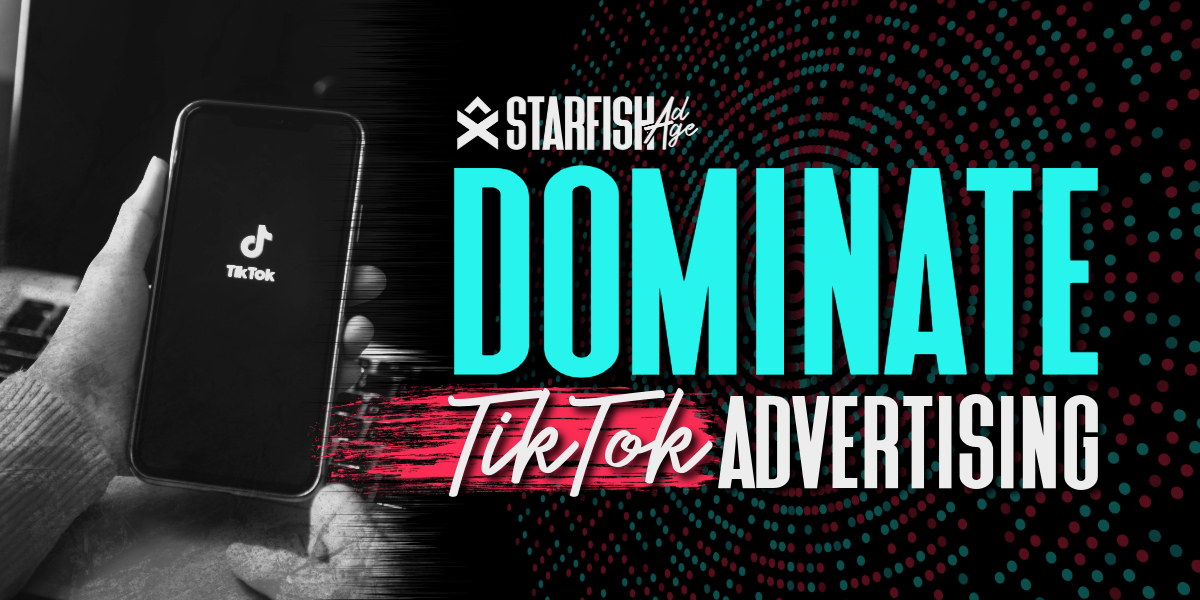
14 Digital Marketing Solutions to Grow Your Business
14 Essential Digital Marketing Solutions to Boost Your Business Growth

As a business owner, building a strong brand identity is key to your success. One element that can influence your brand’s impact is color. Colors have the power to affect your audience’s perception of your brand. Through color psychology, you can take full advantage of this phenomenon. This blog will guide you through the tips and tricks of using color psychology to elevate your brand identity.
Color plays an essential role in branding, as it’s often the first impression people have of your brand. The right choice of colors can increase your brand’s recognition by evoking specific emotions and feelings in people.
Familiarizing yourself with the psychology behind each color can enable you to choose colors that best represent your brand and evoke the desired emotions in your audience.
Understanding the psychology behind each color can help businesses choose the right colors to represent their brand and evoke the desired emotions in their audience. To use color psychology in branding, pick a color palette that reflects the emotions and values you want to convey, consider your target audience, use color to differentiate your brand, use color to evoke emotions, and avoid using too many colors.

14 Essential Digital Marketing Solutions to Boost Your Business Growth

Learn about SEO, PPC, social media marketing, content marketing, and more to drive traffic and conversions. Read now!

Learn how to select the best digital marketing agency for your small business, the benefits of hiring an agency, and tips for maximizing your online presence.

Learn how to leverage TikTok advertising, ad formats, targeting options, and best practices to increase brand awareness, and drive sales.

Learn about Connected TV (CTV) ads, their benefits, and how they work. Understand programmatic CTV advertising for effective digital marketing campaigns.
All Rights Reserved | Starfish Ad Age LLC | 2023 | Privacy Policy